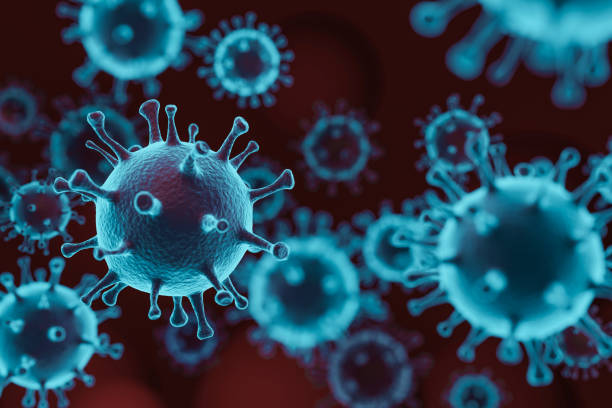By , et al.
Source biorxiv
Abstract
The emergence of the Omicron lineage represented a major genetic drift in SARS-CoV-2 evolution. This was associated with phenotypic changes including evasion of pre-existing immunity and decreased disease severity. Continuous evolution within the Omicron lineage raised concerns of potential increased transmissibility and/or disease severity. To address this, we evaluated the fitness and pathogenesis of contemporary Omicron variants XBB.1.5, XBB.1.16, EG.5.1, and JN.1 in the upper (URT) and lower respiratory tract (LRT). We compared in vivo infection in Syrian hamsters with infection in primary human nasal and lung epithelium cells and assessed differences in transmissibility, antigenicity, and innate immune activation. Omicron variants replicated efficiently in the URT but displayed limited pathology in the lungs compared to previous variants and failed to replicate in human lung organoids. JN.1 was attenuated in both URT and LRT compared to other Omicron variants and failed to transmit in the hamster model. Our data demonstrate that Omicron lineage evolution has favored increased fitness in the URT.
Read more https://www.biorxiv.org/content/10.1101/2024.06.13.598902v1

